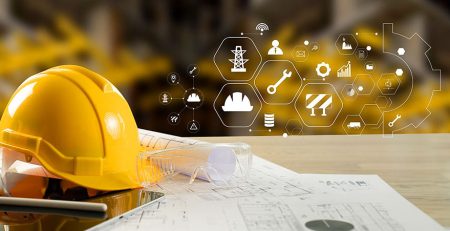What Are the Latest Innovations in Building Safety?
Building safety has always been a top priority for architects, engineers, and construction professionals. From fire safety measures to structural integrity, ensuring that a building is safe for its occupants is crucial. But as technology evolves, so too does the way we approach safety in buildings. In recent years, innovations in building safety have transformed how we prevent accidents, respond to emergencies, and protect both people and property.
Smart Technologies – The New Frontier in Safety
The rise of smart technologies is a game changer in the world of building safety. These systems integrate sensors, cameras, and data analytics to monitor buildings in real time, offering a level of safety that wasn’t possible before.
- Smart fire detection systems:
Traditional fire alarms are being replaced with intelligent fire detection systems that use heat sensors, smoke detectors, and even video cameras to detect fires in the early stages.
- AI-powered security cameras:
Security cameras have come a long way from their simple surveillance role. Now, artificial intelligence can help detect suspicious behavior, unauthorized access, or even fire hazards before they escalate.
Fire Safety – Innovations That Save Lives
Fire safety remains a critical aspect of building safety, and the latest innovations in this area are pushing the boundaries of how we detect, contain, and respond to fires.
Newer sprinkler systems are designed to cover more area while using less water. By employing advanced sensors, these systems can adjust the flow and direction of water based on the size and intensity of the fire.
Buildings are now incorporating fire-resistant materials, such as fireproof glass, flame-retardant fabrics, and fire-resistant coatings. These materials slow the spread of fire, giving occupants more time to evacuate and preventing structural damage.
Enhanced Structural Integrity – Building for the Future
The safety of a building isn’t just about responding to emergencies—it’s about ensuring the structure itself can withstand potential threats, including earthquakes, extreme weather, and even accidents.
- Seismic-resistant designs: In areas prone to earthquakes, new technologies are being used to make buildings more resilient to seismic activity.
- Resilient building materials: Advances in materials science have led to the development of stronger, more flexible materials that can withstand harsh conditions.
How about Automation and Drones in Safety Inspections
Building safety inspections have traditionally been time-consuming and often hazardous for the inspectors themselves. However, automation and drone technology are changing the way inspections are conducted.
- Drones are being used to inspect hard-to-reach areas like rooftops, facades, and chimneys. Equipped with high-definition cameras, drones can provide real-time video feeds, allowing inspectors to spot potential issues without the risk of climbing scaffolding or ladders.
- Many modern buildings are equipped with automated systems that can monitor structural health and detect anomalies in real time.
Green Buildings with Built-in Safety Features
Sustainability and safety aren’t just compatible—they’re becoming inseparable. The latest innovations in building design are blending environmental responsibility with safety measures to create “green” buildings that are safer, more efficient, and more resilient.
By focusing on both sustainability and safety, these buildings are setting new standards for the future of construction.
Conclusion
As technology continues to evolve, so do the innovations in building safety. Today’s buildings are safer, more resilient, and better equipped to handle emergencies than ever before.
The latest innovations in building safety don’t just protect people—they’re shaping the future of how we design, build, and live in our spaces. Whether it’s through smart technology or resilient construction materials, the future of building safety is bright.











